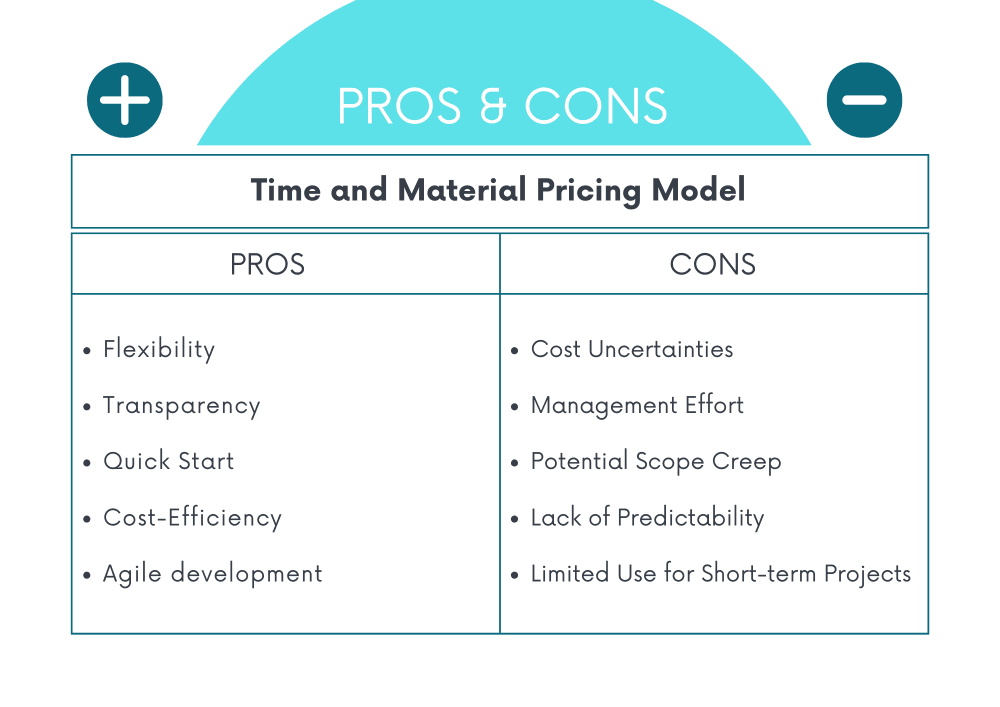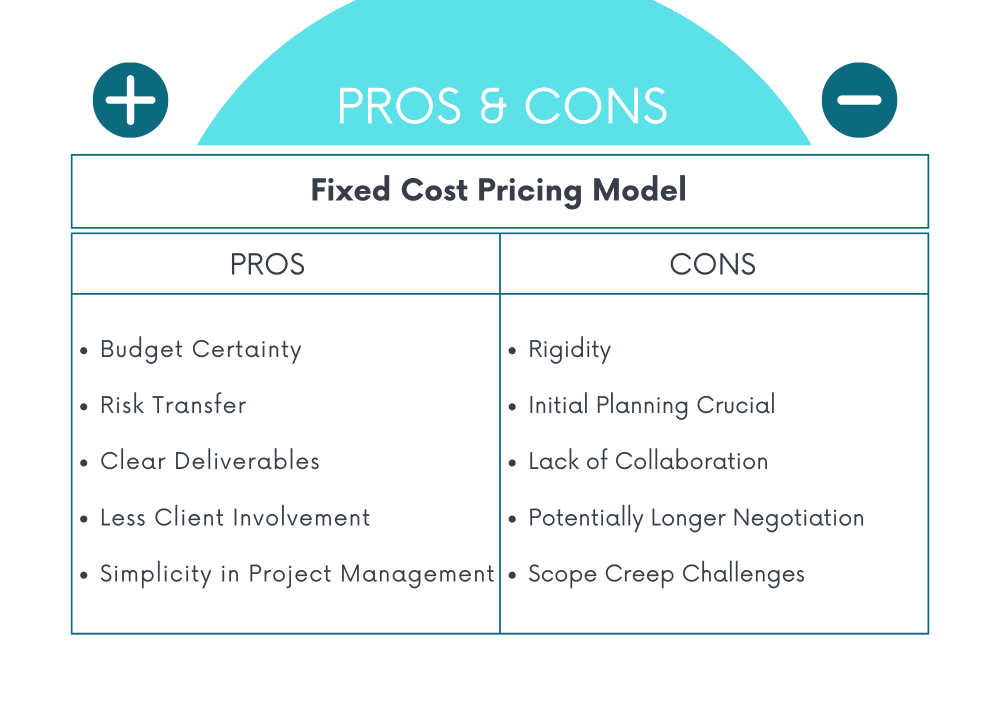IT Software Outsourcing Pricing Models

About us
MoldoWEB is a software development company, located in Romania, specialized in providing outsourcing and team augmentation services for clients around the world.
Table of contents
- What You Should Know About IT Outsourcing Pricing Models
- How to Choose the Right Pricing Model for Your Project?
- Wrapping Up
In 2024, reaching IT specialists has never been easier. We have all the necessary tools available to collaborate with professionals from all over the world. This is usually done by software outsourcing, which involves hiring an external team or individual developers to build your project. This practice is a cost-effective way to work with talented people, compared to the traditional hiring approach. There are some factors good to consider before contracting a team for your software development tasks. One important one would be pricing and the different pricing models in software outsourcing.
Yes, you can choose from a few pricing models when you want to outsource software development. Let’s look at those to see which one fits your project best.
What You Should Know About IT Outsourcing Pricing Models
Time and Material
The first pricing model, Time and Material is a flexible one in outsourcing. As its name suggests, clients only pay for the time and material invested in the development project. This model is great when you need a lot of flexibility or if you have changing requirements in your project or business. With the Time and material model adapting to these changes is made easy.

Advantages
Imagine you have a project in which you constantly need to adapt to changing technology advancements. This can be done easily with the time and material pricing model, it’s a flexible payment option in which you only pay for time and resources invested.
As a client, in your outsourcing project, you are involved at every step regarding the progress and costs. As a result, you have more control over how the resources are allocated.
If you need your team to get started on the project quickly without much upfront planning or documentation, the Time and Material pricing model can be a good choice. It works well for projects where the goal is clear and set, but the path to achieving the goal can have changes or refinements along the way.
For clients with smaller projects, the Time and Material model can be advantageous and more cost-efficient compared to other pricing models. The client only pays for the actual work done, so there is no need for a large upfront investment, especially when requirements aren’t well defined yet.
This pricing model fits very well with Agile development methodologies, where the project is developed in parts and based on continuous feedback from clients.
Disadvantages
While this model is suited for projects with changing requirements, from a cost point of view, it might be a disadvantage, since estimating the cost can be a challenge in such projects.
To control expenses, you need to have a good project management plan in place. This way, you can oversee the project’s progress, and allocate costs according to that.
With the Time and Material pricing model, there is a risk of scope creep. If clients keep adding new features or changes during the development process, chances are that the costs and timeline will increase.
Due to the T&M model’s flexible nature, you may not have a clear idea of when the project will be completed, or how much it will end up costing.
This model may not be the best choice for small or short projects because the time and effort needed to get everything started might be more than the benefits of its flexibility.
Dedicated Team Fee
In the Dedicated Team Fee model, you have an entire dedicated team working on your project. This team is assembled based on your project needs and works as an extension of your in-house team under your management methodologies and processes. Instead of paying for specific tasks or goals, the client works closely with the dedicated team and leverages their expertise.

Advantages
The dedicated team becomes part of your in-house team, and as a result, they will understand your project and business goals more in-depth.
As the client, you get more flexibility in adjusting team size based on your needs, and how the project progresses, which will help you allocate the budgets better.
As part of your in-house staff, communication with the dedicated team is easy and straightforward, leading to better collaboration and overall, better control over the development process.
What’s good about this model is that you get to handpick developers with the exact skill sets that match your project needs, giving you full control over budget and resources.
The Dedicated Team Fee model is a suitable and cost-efficient solution for long-term projects, especially the ones that need continuous maintenance and support.
Disadvantages
While long-term engagement and collaboration with the dedicated team are beneficial for your project, the continuous involvement this comes with is important to consider. However, with planning in advance and good project management, you can tackle these challenges.
The success of your project depends on choosing the right people as your dedicated team. Make this decision a priority and take your time to find the developers that fit all your requirements.
The Dedicated Team Fee model offers flexibility but not as much as the Fixed Cost model when it comes to budget control. For smaller projects, this model is not that suitable.
When relying mainly on a dedicated team, chances are, that a key team member may not be available when they’re most needed due to unforeseen circumstances, so this can slow down project progress.
Managing the in-house team and the dedicated development team is your responsibility. This includes assigning tasks, and other management-related issues which can take up a lot of your time.
Fixed Cost
In the Fixed Cost model, the project cost is agreed upon by the client and the outsourcing company. The price remains fixed, and it does not depend on the resources and time invested in the development project. The client and the outsourcing company work together to set goals, requirements, and project milestones. Once these objectives are clear, the outsourcing company prepares a proposal in which they include the estimated cost of the project. If the client accepts the proposal, a fixed price will be set and the development team can get started on the project.

Advantages
There are no uncertainties when it comes to the project cost for clients. The price is set from the start of the collaboration, which can help clients plan their company’s budget better.
The outsourcing company takes full responsibility if anything goes wrong with the project, or if there are any cost overruns.
For everyone to be on the same page, the deliverables and goals are defined before starting the collaboration, which helps both the client and the development team to track the project’s progress.
In the Fixed Cost model, the client doesn’t need to be as involved compared to the Dedicated Team Fee and the Time and Material models. Aside from setting clear goals, the project is handled and managed entirely by the outsourcing team.
These types of projects are usually easier to manage since both parties know exactly the expectations, goals, and timeline.
Disadvantages
The Fixed Cost pricing model is not as flexible as the other two, so any changes and modifications can’t be made flexibly, or without extra costs.
There can be misunderstandings if the project goals aren’t clear to the outsourcing company. That’s why it’s important to have a detailed project plan so there are no misunderstandings.
In the Fixed Cost model, you don’t collaborate closely with your outsourcing team, as you do in the Time and Material or Dedicated Team models. While this does come with advantages, it might also mean that there’s more chance for miscommunications or delays.
How to Choose the Right Pricing Model for Your Project?
If you have a software development project and you’re considering outsourcing options, you get a lot of possibilities to save on costs and collaborate with experts. But with outsourcing, you have important decisions to take, like picking the right partner and the right pricing model for your project. But how do you do that? Let’s see what are some of the primary factors to help you choose the fitting outsourcing pricing model.
How complex is your project? Think about your project scope and how complex it will be. Choose the pricing model that fits well with your requirements.
What are your budget constraints? This is another important aspect. Set your budget from the very beginning. Don’t forget that some pricing models require a larger upfront investment, while others are more flexible, which can mean unforeseen costs in the future.
How much risk are you willing to take? There will always be risks in any business collaboration, so think about how much risk you’re comfortable with. For example, in fixed-cost contracts, there is more risk on the outsourcing partner’s side, while in the Time and Material model, risks are equally shared between the two parties.
How much flexibility do you need? Do you think the project requirements will change over time? As a reminder, in Fixed-cost contracts, there’s less room for changes, while Dedicated Team or Time and Material give you more freedom in that regard.
How long will the project last? Do you have a short-term or long-term project? For short-term projects, Fixed-cost or Time and Material are more suitable, but for long-term projects, the Dedicated Team model is a better choice cost-wise.
Are you balancing quality with cost? It’s usually not a good idea to go with the cheapest option out there, as it can lead to bigger costs later. In the fixed-cost model, there can be a larger investment upfront, but less involvement from you as the client. The other two models might cost less but they require more management and overall effort on your part.
How do you prefer to communicate/collaborate? If you want to be involved at every step and closely monitor progress, the Dedicated Team model might be more suitable, while the Fixed-cost model doesn’t require day-to-day involvement.
Have you defined clear Service Level Agreements (SLAs)? It’s easier for a good collaboration for both parties to be on the same page if the deliverables are clearly defined from the start. Be clear about your expectations, deliverables, and timeline for the project.
Wrapping Up
Outsourcing software development projects is a good way to partner with specialists and usually save on costs as well. For your project to be successful, picking the best-fitting pricing model is an important decision.
First, the Time and Material model gives you flexibility and transparency, so if your project has changing requirements and needs modifications in the development process, this can be your best choice. As a downside, though, it can lead to uncertainty budget-wise, so be aware of that.
You, as the client are closely involved in the Dedicated Team Fee model, which is great if you want more control over costs and other resources. It’s a flexible pricing model, suitable for long-term collaborations. It also involves more commitment from the client’s side and a lot of dependence on your team’s expertise.
With the Fixed Cost pricing model, project goals and requirements are set together with the outsourcing team, so there is less chance for later misunderstandings. The outsourcing company takes responsibility and handles the project management as well, so clients are less involved in the development process. However, this model comes with less flexibility and less room for changes, and modifications in the project.
To wrap up, all three pricing models have their pros and cons, and, depending on your project needs and personal preferences, pick one that will help you reach your goals successfully.



